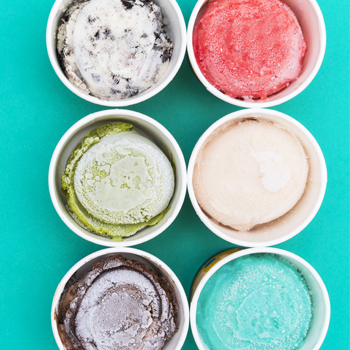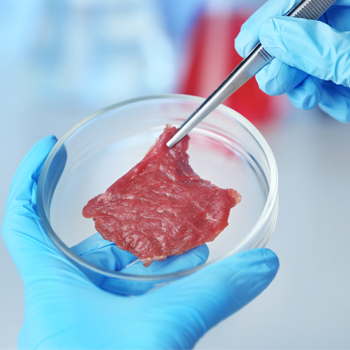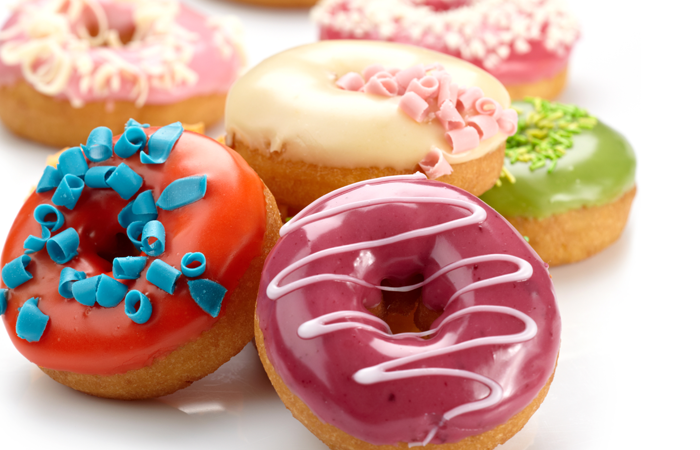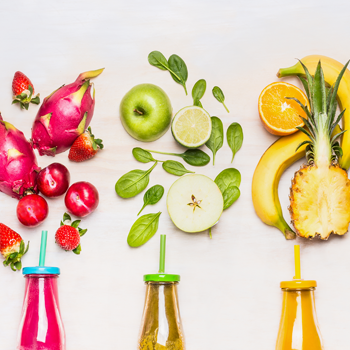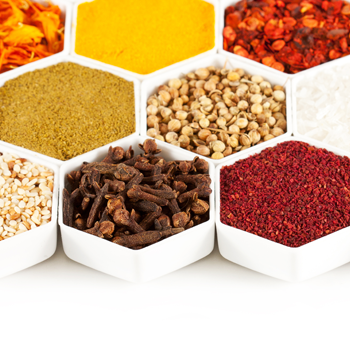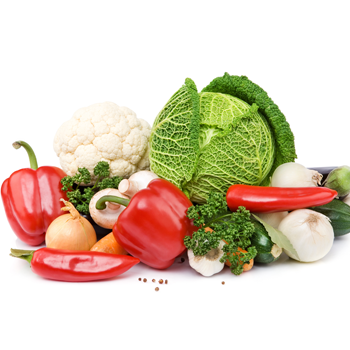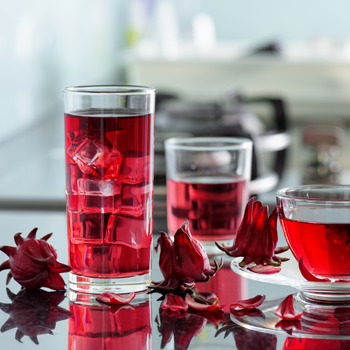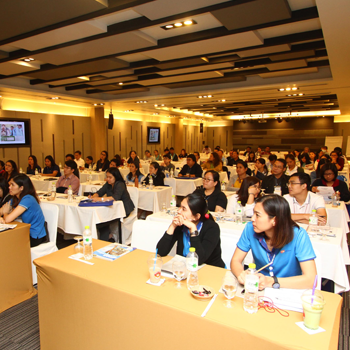สารให้กลิ่นรสจากพืชธรรมชาติ…ก้าวสู่สุขภาพที่ดีในแบบเต็มรสชาติ
By: Derrick Heng
New Product Development Manager
KH Roberts Pte. Ltd.
derrick.heng@kh-roberts.com
เนื่องจากสารผสมอาหารจากพืช เช่น ผักต่างๆ และถั่วเหลืองนั้นมีให้เห็นอยู่มากมาย นวัตกรรมการประยุกต์ใช้สารผสมอาหารเหล่านี้สำหรับอาหารยุคใหม่นั้นก็ได้มีการพัฒนาไปจากช่วงที่ผ่านมามากขึ้น ตัวอย่างที่เห็นได้ชัดคือชิปส์และเนื้อเทียม โดยผลิตภัณฑ์กลุ่มมันฝรั่งทอดนั้นมีการแข่งขันกันมากขึ้นในรูปแบบเพื่อสุขภาพ เช่น บลอกโคลีอบกรอบ และชิปส์บีทรูท ส่วนทางด้านถั่วเหลืองและผักทางเลือกอื่นๆ ก็ได้มีการนำมาใช้อย่างแพร่หลายเช่นกันในกลุ่มผลิตภัณฑ์เนื้อเทียมมังสวิรัติซึ่งจะทำให้ได้เนื้อสัมผัสที่ดีขึ้นเหมือนกับเนื้อสัตว์จริง
จะเห็นได้ว่าอาหารจากพืชธรรมชาตินั้นสร้างโอกาสใหม่ๆ ให้กับผู้ผลิตอาหารและเครื่องดื่ม โดยผู้บริโภคกลุ่มที่เพิ่งเริ่มต้นรับประทานอาหารและเครื่องดื่มจากพืชธรรมชาติจะยอมรับได้มากขึ้นในผลิตภัณฑ์ที่มีการใช้สารปรุงแต่งกลิ่นรสคลาสสิกที่ไม่มากเกินไปเพื่อกลบกลิ่นรสบางอย่าง ยกตัวอย่างเช่น นมถั่วเหลืองกลิ่นรสวนิลาหรือช็อกโกแลตซึ่งมีการใช้สารปรุงแต่งกลิ่นรสเพื่อกลบกลิ่นเหม็นเขียวของถั่ว ในขณะที่ผู้บริโภคที่ยอมรับอาหารจากพืชธรรมชาติอยู่แล้วก็จะยอมรับได้ในกลิ่นรสของถั่ว กลิ่นคล้ายกลิ่นดิน และกลิ่นผัก ซึ่งทำให้ผู้ผลิตอาหารและเครื่องดื่มประสบความสำเร็จอย่างมากในการพัฒนาผลิตภัณฑ์นวัตกรรมต่างๆ โดยแทนที่จะปกปิดกลิ่นรสจากพืชเหล่านี้ก็เป็นนำกลิ่นรสเหล่านี้มาเน้นและสร้างให้เป็นจุดขายของผลิตภัณฑ์นั้นแทน
สำหรับกลุ่มพืชหัว เช่น มันม่วง และมันเทศ หรือพืชตระกูลถั่ว เช่น ถั่วแดง ถั่วเขียว มีโพรไฟล์ของกลิ่นรสที่น่าสนใจไม่แพ้กัน และยังให้สีสันที่สวยงามซึ่งผู้ผลิตอาหารสามารถนำมาใช้ประโยชน์ได้ โดยส่วนผสมอาหารเหล่านี้นำมาประยุกต์ใช้ร่วมกับสารให้กลิ่นรสจากพืชธรรมชาติสำหรับผลิตภัณฑ์อาหารได้อย่างลงตัว เช่น เค้ก ไอศกรีม นมปรุงแต่งกลิ่นรส รวมถึงเครื่องดื่มประเภทพร้อมดื่ม และเครื่องดื่มผงสำเร็จรูป
While plant-based ingredients such as vegetables and soy have always been around, innovations of their new applications into contemporary foods have gained pace in recent years. Notable examples are chips and mock meats. Fried potato chips are now seeing rising competition from healthier versions such as baked broccoli and beetroot chips. While soy and alternative vegetables are now highly used in vegetarian mock meats with enhanced texture that mimicks real meat.
This opens up new opportunities for food and beverage manufacturers. Consumers who are new to plant-based foods and beverages will be more receptive towards products using classic flavours for masking notes that they might not be used too. An example would be a vanilla or chocolate flavoured soy milk, which masks off the beany note. Consumers who embrace plant-based foods will be more receptive to flavours with nutty, earthy and vegetal notes, which allows food and beverage manufacturers to come up with more innovative products. Instead of masking off these plant-type flavours, they are instead highlighted and made the unique selling point of these products.
Tubers such as purple yam and orange sweet potato, or legumes such as red and green bean, have appealing flavour profiles, together with their vibrant colours which food manufacturers can leverage on to. These ingredients coupled with the use of plant-type flavours are successful in applications such as cakes, ice-cream, flavoured milk, and beverages such as ready-to-drink and instant beverages.
